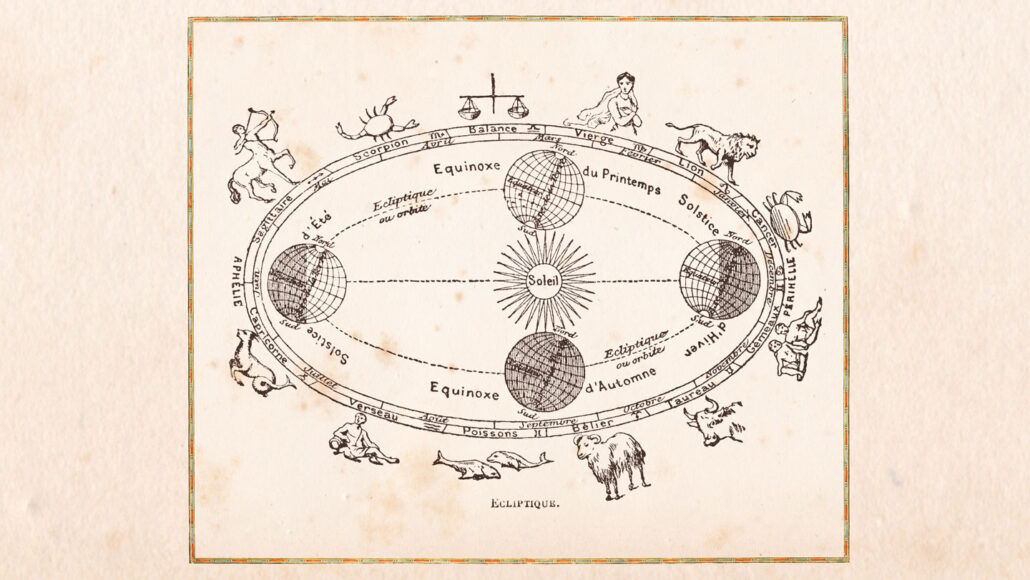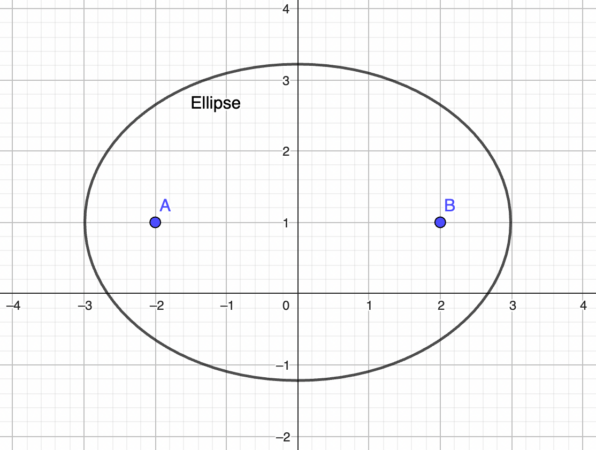acoustics: The science of sound.
bronze: A metallic alloy that consists primarily of copper and tin, but may include other metals. It is harder and more durable than copper.
ellipse: An oval curve that is geometrically a flattened circle.
elliptical: Having the shape of an ellipse, which is an oval shape.
focal point: The spot where several points converge or where a beam narrows to a point.
orbit: The curved path of a celestial object or spacecraft around a galaxy, star, planet or moon. One complete circuit around a celestial body.
phenomenon: Something that is surprising or unusual.
planet: A large celestial object that orbits a star but unlike a star does not generate any visible light.
point: (in mathematics) A precise point in space that is so small that it has no size. It merely has an address.
politician: A person who runs for or holds elected office in a town or larger governing body. For politicians, governing people (or organizations) and wielding power within government is a profession (job).
solar system: The eight major planets and their moons in orbit around our sun, together with smaller bodies in the form of dwarf planets, asteroids, meteoroids and comets.
sun: The star at the center of Earth’s solar system. It is about 27,000 light-years from the center of the Milky Way galaxy. Also a term for any sunlike star.









